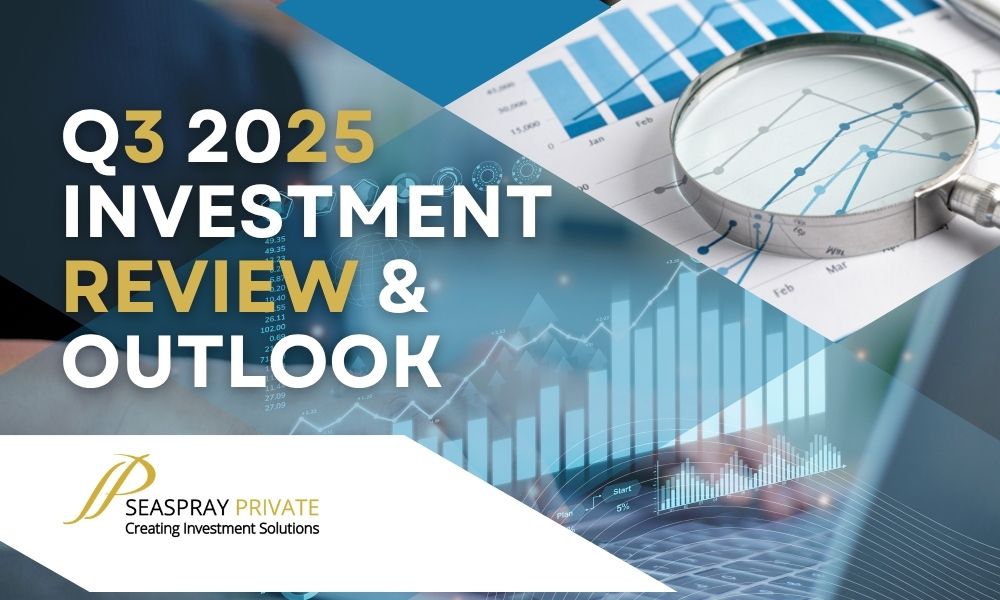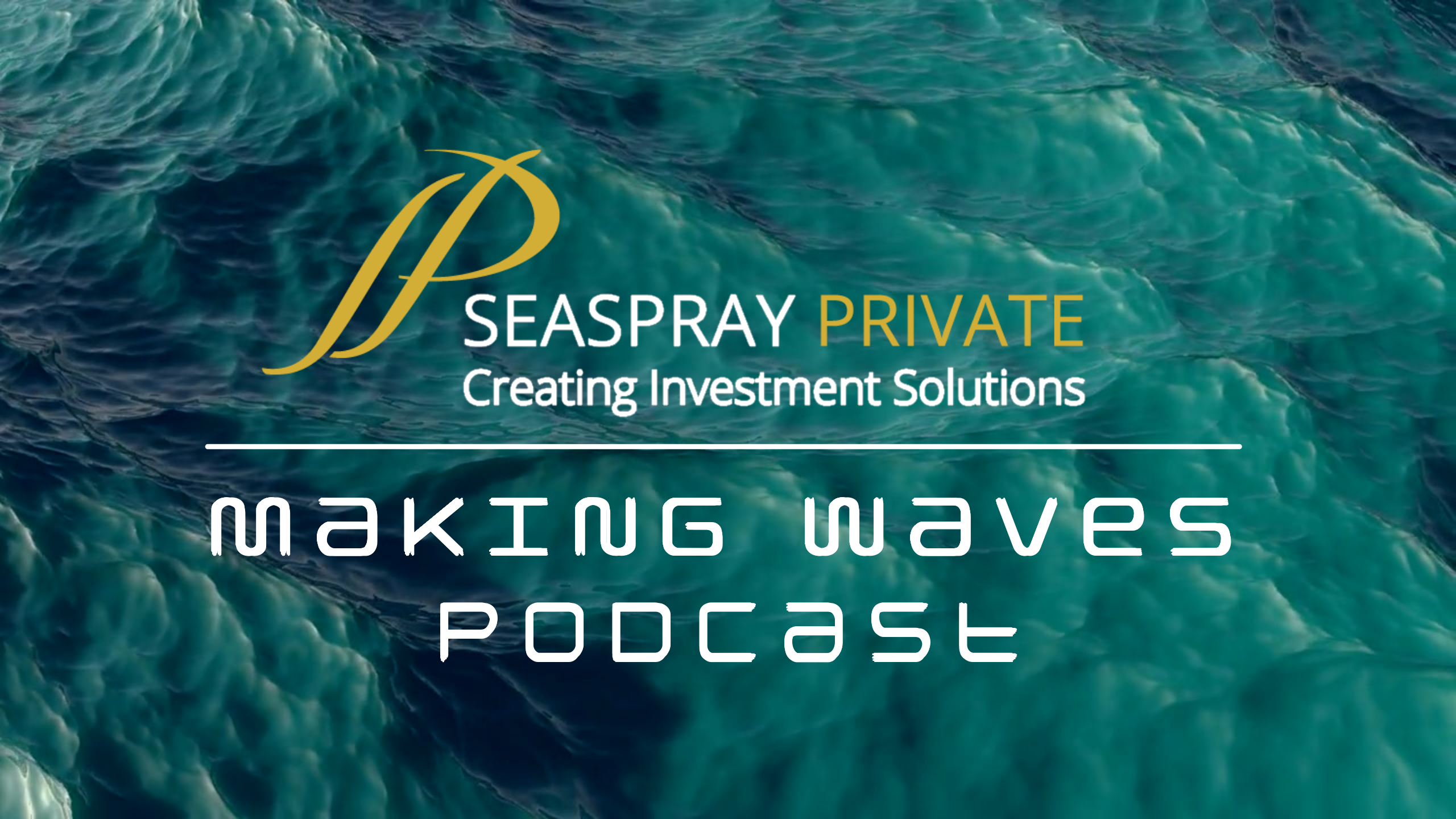In the United States, equity markets rose in anticipation of a Federal Reserve rate cut, which was announced on Wednesday. The decision to lower interest rates by 25 basis points had been priced in by financial markets for some time and was further reinforced by recent US inflation and Producer Price Index (PPI) data. Despite being widely expected, futures markets responded positively to the announcement, with investors now anticipating the possibility of two additional rate cuts before the end of 2025. A key policy development last week was President Trump’s renewed push to end quarterly earnings calls for publicly traded companies, instead proposing that they report results every six months. The President previously attempted this reform in 2018 without success; however, this time the Securities and Exchange Commission (SEC) has prioritised the proposal and expressed its support. If implemented, this change would align the US with jurisdictions such as the UK and several EU member states, where companies report semi-annually. The proposal has gained support from a broad range of stakeholders, including US company directors and international investors, who argue that less frequent reporting could encourage more sustainable corporate practices and reduce short-term pressures that influence operational decisions. In corporate news, GlaxoSmithKline (GSK) announced plans to invest $30 billion in the US over the next five years, particularly in research and development. GSK’s US operations accounted for half of its revenues in 2024, and the investment is expected to strengthen integration between its UK and US facilities. Finally, the World Trade Organization (WTO) reported that Artificial Intelligence (AI) could increase the value of global trade by up to 40% by 2040, driven by lower trade costs and productivity gains. The WTO also projected that global GDP could rise by 12–13% over the same period as a result of AI adoption. For the week, the S&P 500 and NASDAQ closed 0.96% and 1.73% higher, respectively.
In Europe, markets were mixed last week as investors turned bearish ahead of key interest rate decisions in the US and UK, as well as broader expectations for the global interest rate outlook. However, following the announcements on Wednesday evening, European shares rebounded on Thursday morning, with the Eurostoxx 50 rising 0.7% and the STOXX 600 gaining 0.5%. Financials were among the key laggards early in the week, as expectations of a lower-rate environment weighed on bank earnings prospects. These losses were reversed on Thursday, with Banco Santander leading the rally, supported by strong performances from technology groups SAP and ASML. In corporate developments, Mars — the group behind brands such as M&M’s, Twix, and Uncle Ben’s — committed to investing €1 billion in its European operations by the end of next year, citing slower growth in the US and an imbalance of sales between the US and Europe. Mars is also in the process of acquiring Kellanova for $35.9 billion, a deal that remains subject to EU regulatory approval. Elsewhere, Roche, the Swiss-based pharmaceutical company, announced an agreement to acquire 89bio, a Nasdaq-listed biopharmaceutical firm developing treatments to counteract liver cell damage, a complication often associated with obesity. The deal, valued at up to $3.5 billion, marks Roche’s first acquisition since the US imposed 39% tariffs on Switzerland, though pharmaceuticals were exempt. For the week, the Eurostoxx 50 closed 0.86% higher, while the broader STOXX 600 closed lower, down 0.31%.
In the UK, the FTSE 100 fell last week as concerns over the domestic economy overshadowed broader market optimism. Key developments affecting the index included President Trump’s state visit to the UK, the Federal Reserve’s rate cut, and the Bank of England’s decision to hold rates steady. During President Trump’s visit, the UK and US announced a new technology agreement, known as the “Tech Prosperity Deal”. Under the agreement, NVIDIA will deploy 120,000 chips across the UK, including 60,000 of its most advanced Blackwell chips. In addition, Microsoft committed to investing £22 billion in cloud and AI services, while Google pledged £5 billion. For the week, the FTSE 100 closed 0.73% lower.





